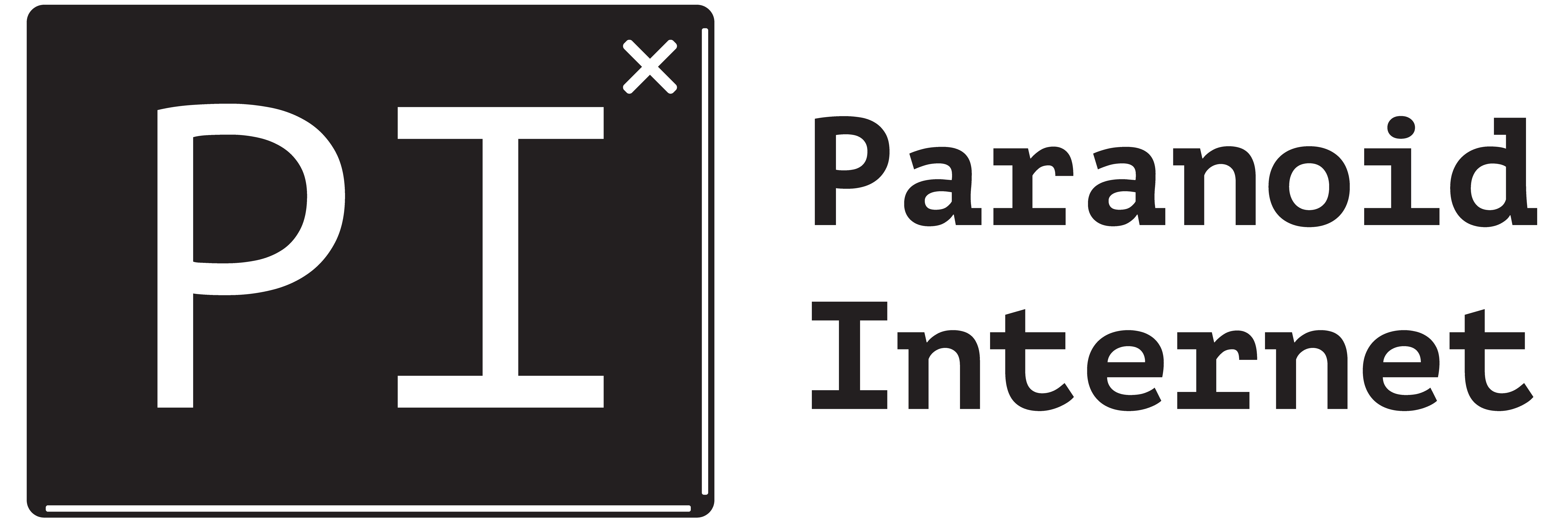“Advertising, once a gamble, has thus become, under able direction, one of the safest business ventures.”
Claude Hopkins’ Scientific Advertising, published 1923
How strange it is to read above Hopkins’ quote. It sounds like something someone said yesterday at a tech conference about AI integration in performance marketing and not an observation made in 1923. For some marketers, performance marketing is simply optimizations and tweaks with little to no creative needed. Many companies tend to put their faith out of the hands of creative teams and into those of analysts with a focus on clear ROIs. Most recently, Uber and P&G have made some pretty public steps in this direction. To those of you who’s day does not in effect ‘revolve’ around performance marketing here is basically what you need to know:
- Performance marketing only requires the advertiser to pay an affiliate when a specific action is completed (MARTECH Advisors)
- These actions can range from a sale, lead or even a click
- One benefit is that it is highly measurably and allows for optimization over time
- Data plays a major role for facilitating optimization
- Tweaks can also be made through testing
Top executives are taking the lead with these initiatives. Chris Hirst, the global chief executive at Havas Creative Network has recently stated that, “marketers are looking to shift some of their spend” to appease the need for measurable impact and away from the ever immeasurable brand building approach.
P & G Performance Marketing Case Study
The information from this report was collected from The Procter & Gamble Company (NYSE:PG) Q4 2019 Results Earnings Conference Call made on July 30, 2019 8:30 AM ET. The full call and transcription can be found here.
The call was in good spirits and for good reason. The company reported to some of its highest quarterly annual sales in years. This is even more impressive considering that they have been also decreasing their advertising spending.
This is made possible primarily through data collection. As a massive organization P&G has access to over 1 billion consumer IDs. With this sort of database to pull from, they can reach very targeted audiences to implement their own tests. The tests they can perform could be trying a new business idea or exposing new products to test groups and samples. On an even smaller level they can test their audience to decide exactly on what type of messaging or ad copy.
“Once you have the smart audiences, you can do propensity marketing with people that have similar characteristics”
– David Taylor, P&G CEO
How the ad spend is going down is not lowering the amount they are spending on conversions and performance marketing but instead on creatives.
And the numbers do not lie, P&G can boast a 4% increase in net sales during Q4 2019 totaling $17.1 billion. On top of which organic sales saw an increase of organic sales at an 8% in their beauty lines, 10% in healthcare and 10% in fabric and homecare.
Uber Performance Marketing Case Study
While P&G can boast good news this past week many uber marketors heard some very bad news. Over 400 marketers were laid off which amounts to one third of their marketing department.
The reasoning from a memo sent by chief executive Dara Khosrowshahi was that the marketing department of 1,200 had become too large.
“overlapping work, makes for unclear decision owners and can lead to mediocre results.”
– Dara Khosrowshahi, Chief Executive Uber
Similarly to P&G the idea is to have less people doing more with the help of data.
AI and Performance Marketing
It seems that AI integrations are often polarizing. Is it going to make all our lives easier? Will it steal everyone’s jobs?
In the marketing world it can open doors when clients are keen on the idea or in search of these now ubiquitous buzzwords: Artificial Intelligence, Machine Learning, Internet of Things.
Some examples where AI has been successfully integrated into marketing plans is through customer chatbots, product recommendations, content creation, and predictive analysis reporting.
Where it makes the most sense is by collecting data on existing customers that AI tech can use to gain insight for retargeting and predict who will want to buy what next and or when.
“Many people believe that implementing AI in their marketing campaigns or business processes will replace the need for real human intelligence, but that’s not the case at all. Instead, human intelligence can be used to augment AI; one might argue that humans still need to serve as the overlords of AI”
– Natacha Gaymer-JOnes, Founder & CEO of SWOON Performance Marketing
Natacha Gaymer-Jones is a veteran in the marketing agency business. She has worked with big names like GM, Beats by Dre, Nike, Pepsi, BMW, Intuit, Honda, Volvo, Fox, Mattel, and Sony. Her LA based agency utilizes AI to create growth engines and marketing plans. The idea is to create precise and very targeted campaigns as well as marketing automations with consistent return for client investment.
“The World Economic Forum predicts that new machine and algorithmic technologies will eliminate 75 million jobs while creating 133 million new jobs by the year 2022.”
– FORBES
Gaymer-Jones’s opinion very much aligns with these predictions. For AI to work it does not exist on its own. The technology will have to employ human analysts for proper execution. Bad data can be bad for business so there should always be a human element to double check the work. Good data is useful while bad data can be detrimental.
Where is Performance Marketing Going?
When we see big brands laying off people in the case of Uber or creating a leaner strategy with tech based performance marketing innovations in the case of P&G it is time to take notice.
In the age of performance marketing are we in the time that Claude Hopkins imagined? Is it all tech and little art or should we take some advice from Gaymer-Jones that it is a more agile and creative human mind that needs to behind tech to make it functional?


